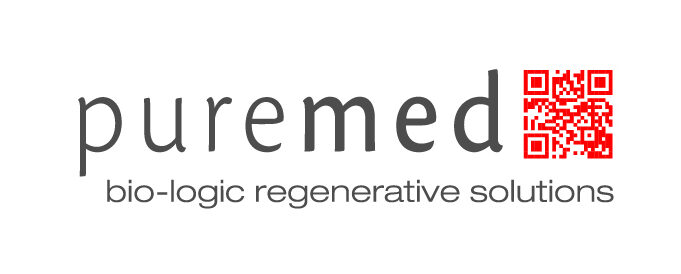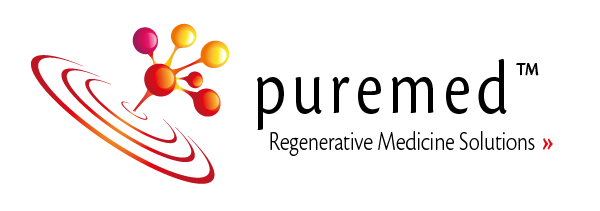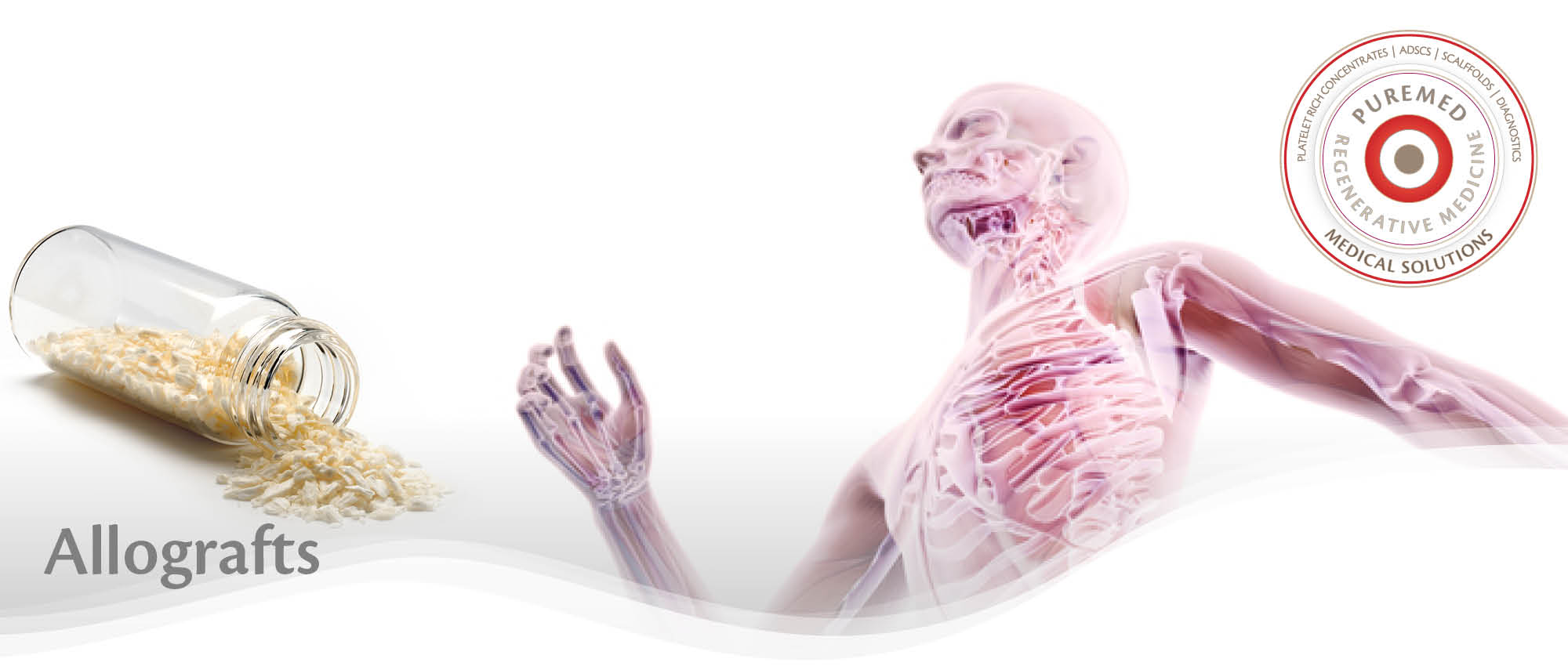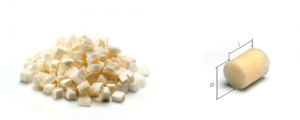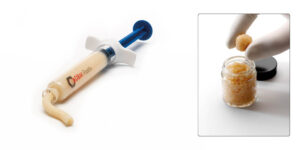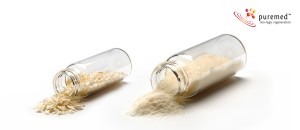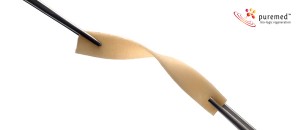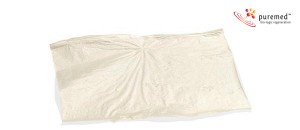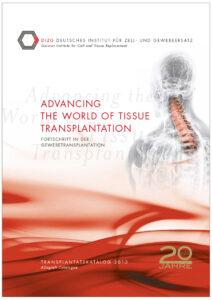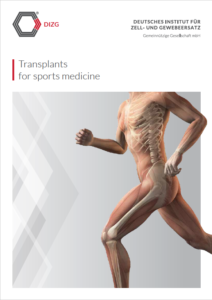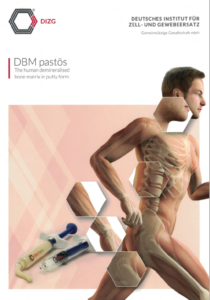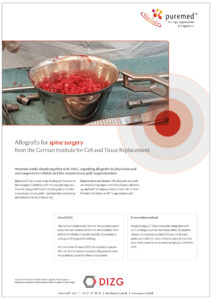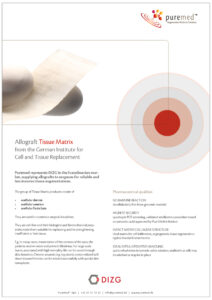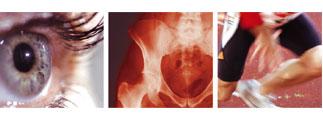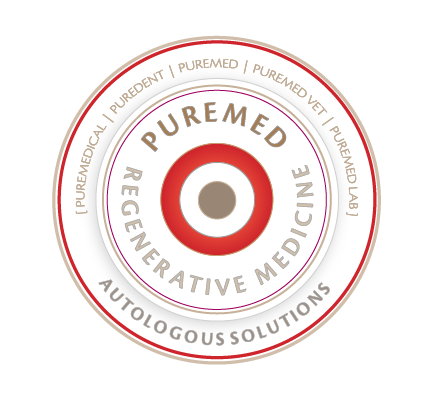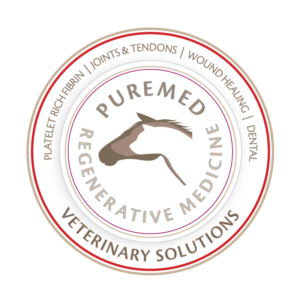DIZG | German Institute for Cell and Transplants
part of the MTF, the world’s largest bone bank
We represent DIZG on the Nordic market and provide allografts to surgeons for less invasive reconstruction surgery and more bio-logic grafts, than synthetic or Xenografts. By having access to the healing potential from the patient, allografts become a straight forward solution.
In Germany, human cell and tissue transplants are regulated as medicinal products (drugs) and require a manufacturing licence and pharmaceutical approval by the local and a marketing authorization from the competent authority respectively.
The biological safety, all aspects of the manufacturing process and clinical application of the transplants are continually monitored and controlled by the relevant governmental authorities. The transplants are processed in GMP compliant clean room suites. DIZG has 11 manufacturing licenses for human tissue transplants.
